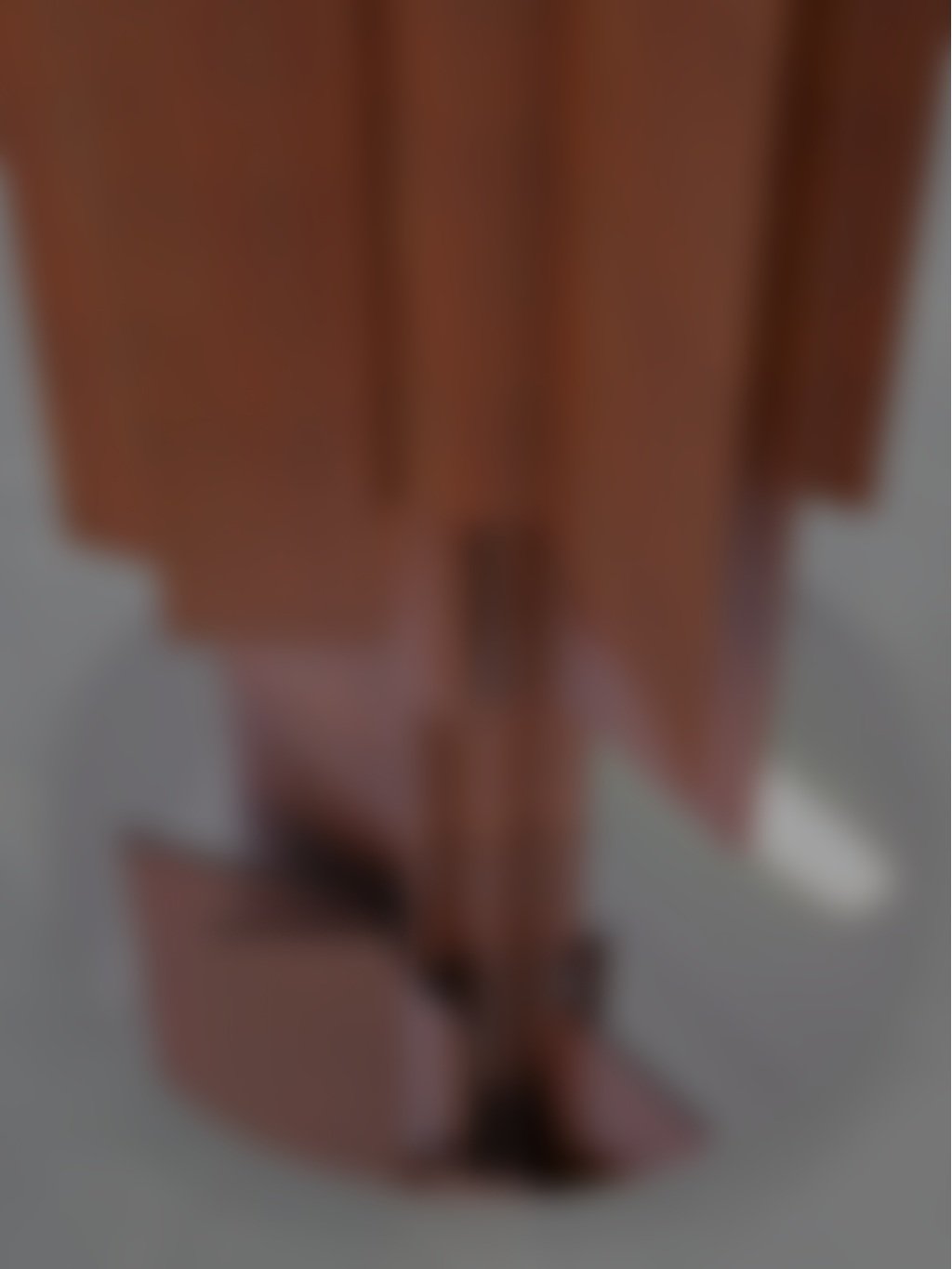
The Tree of Life
“The Tree of Life” takes inspiration from "Phylogenetic Trees", a diagram that displays the evolution of species through time. This concept has been developed to become evolutionary trees, the subject of which can be varied, from the evolution of religions, languages, and individual ancestry to the lineage of a specific species (e.g. butterflies, bacteria, etc). As the evolutionary map of an isolated case is laid out, the study of its history becomes visually apparent.
This work pulls the two dimensional "evolutionary tree" into three dimensional space. It imbues a palpable physicality to a concept that seeks to convey a truth beyond our human scope, something obscured by time. The flat graphic is turned physical by extruding the lines into flat planes, relative to their position on the diagram. The closer they are to the centre, the longer they become and further back in time they represent. The closer to the edge the shorter the plane and the closer in time they become. This rationale generates the abstract form of a tree with a taller central core/trunk. This ramifies into a flat canopy with the form of the evolutionary tree.
The radiating branches cast their shadows along the planes of the “trunk”, obscuring its progression while hinting at its development. This speaks to a common concept in Hurst’s work that invites people to cultivate an awareness of the world beyond their own personal experience. “The Tree of Life” tree works with this concept both on a grand scale and a personal level. We can consider this tree a relationship, a cultural movement, a revolution as well as an evolution. Whatever it may represent, we can appreciate its origin and progression but its true history becomes more obscure the further back we regress.
-Patrick Hurst
Year: 2023
Medium: Corten steel on 316 stainless steel base, comprised of 171 pieces
Signature incised on base of sculpture
From a unique series of 9; this is 1/9
Size: 96 x 34 x 34 in (244 x 86 x 86 cm)
